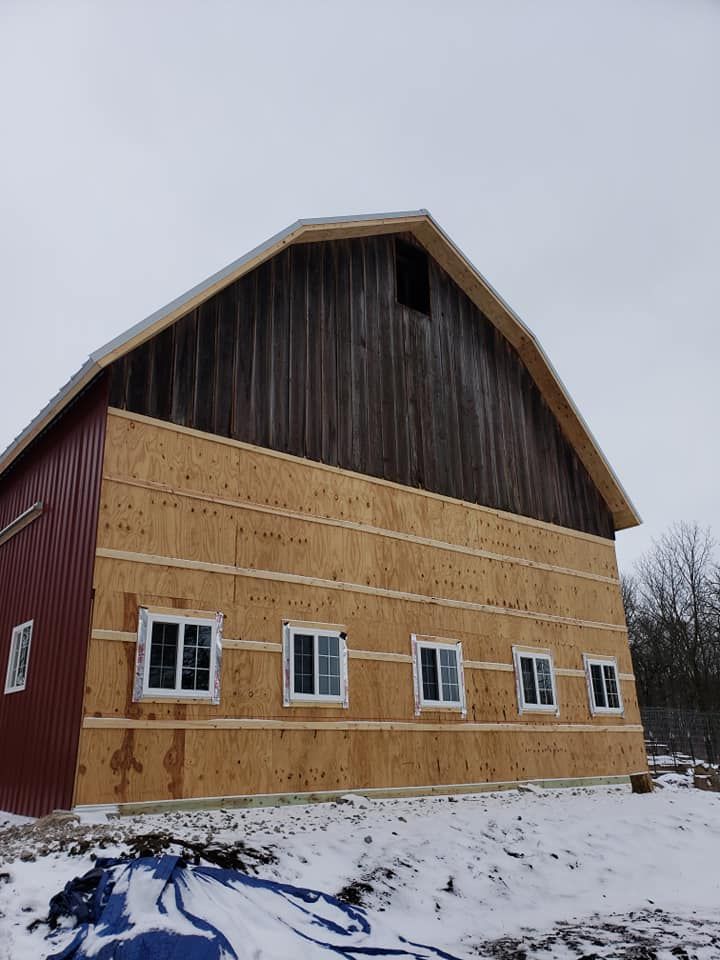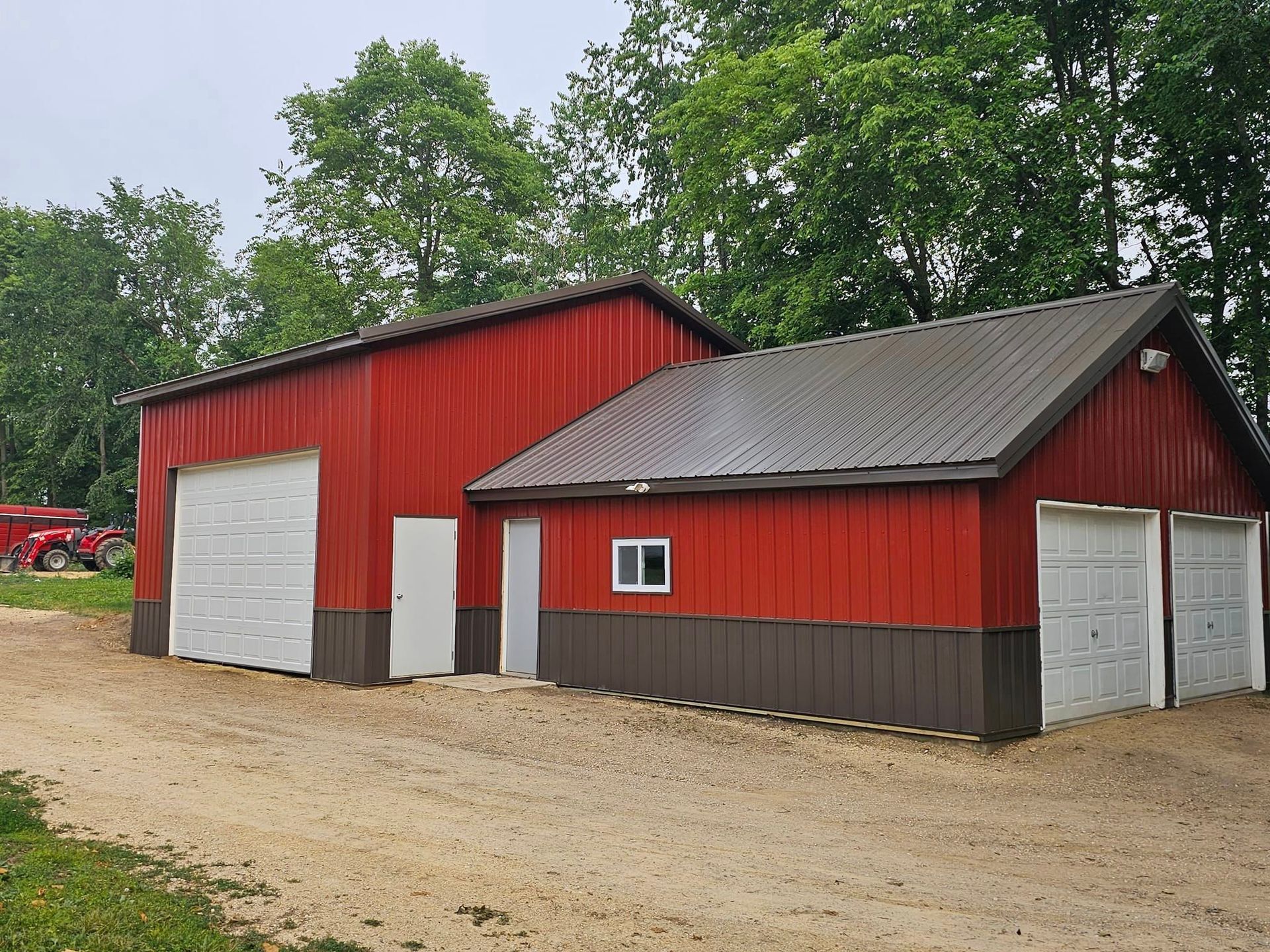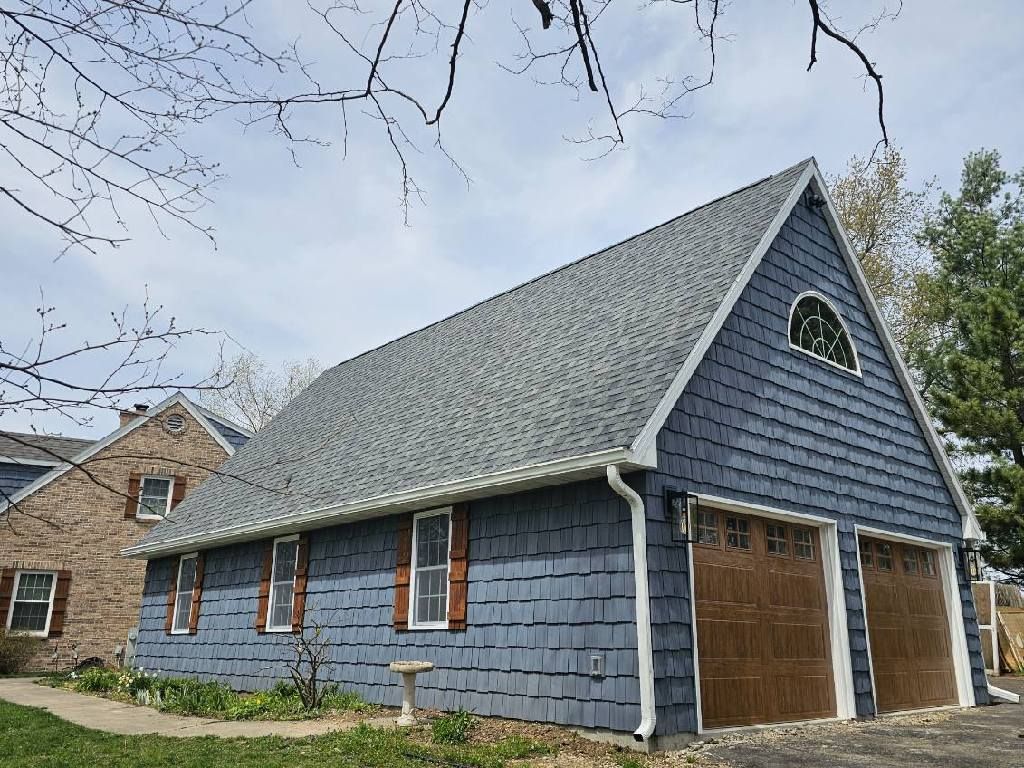The Role of Shingle Roofs in Energy Efficiency and Home Comfort
Dave Nelson • October 7, 2024
How Choosing the Right Shingles Can Help Lower Energy Bills and Improve Indoor Climate
When considering ways to improve the energy efficiency of a home, many homeowners focus on windows, insulation, and HVAC systems—but the roof often goes overlooked. In reality, the roof plays a crucial role in regulating your home’s temperature and overall energy consumption. Choosing the right shingle roof can have a significant impact on your home’s energy efficiency and comfort levels. In this blog post, we’ll explore how shingle roofs contribute to energy efficiency, what factors to consider when selecting shingles, and how the right roofing choice can keep your home cooler in summer and warmer in winter.
Reflecting Solar Heat: How Shingle Roofs Impact Energy Efficiency
The color, material, and technology used in roofing shingles determine how much heat your roof absorbs or reflects. During hot summer months, a roof that absorbs a lot of heat can increase the temperature inside your home, causing your air conditioning system to work harder and consume more energy. On the other hand, energy-efficient shingles are designed to reflect more solar energy, reducing heat absorption and lowering cooling costs.
Cool Roof Technology: Many modern shingles come with “cool roof” technology. These shingles are designed with special reflective granules that bounce more sunlight away from the home’s surface. According to the U.S. Department of Energy, cool roofs can lower roof temperatures by as much as 50°F (28°C) and reduce the need for air conditioning, which can lower energy bills by 10-15% annually.
Key Considerations:
Reflectivity: Look for shingles with a high Solar Reflectance Index (SRI), which measures how well the material reflects sunlight and releases heat.
Color Choice: Light-colored shingles tend to reflect more sunlight and heat compared to darker colors, making them more energy-efficient in hot climates.
Insulation and Heat Transfer Reduction
Shingle roofs can also contribute to energy efficiency by reducing heat transfer into and out of your home. Asphalt shingles, for instance, provide some degree of insulation that can help minimize heat loss in the winter. The more heat your roof retains, the less your heating system has to work to maintain a comfortable indoor temperature.
Benefits of Improved Insulation:
During winter, energy-efficient shingles can help retain heat, reducing the need for continuous heating.
Proper insulation under shingles can also prevent heat from escaping through the roof, helping maintain a stable indoor temperature.
Enhanced Roof Ventilation: A Key Component of Efficiency
Roof ventilation plays a vital role in optimizing energy efficiency. Proper ventilation allows heat and moisture to escape from the attic space, preventing the roof from overheating in the summer and reducing moisture buildup that can compromise insulation during the winter.
The Role of Ventilation in Energy Efficiency:
During summer, ventilation helps expel hot air from the attic, reducing the need for air conditioning.
In winter, proper ventilation prevents moisture buildup that can lead to mold growth or ice dams.
Choosing Energy-Efficient Shingle Options
If energy efficiency is a priority, consider choosing shingles that are specifically designed to enhance it. Some shingles are ENERGY STAR® rated, which means they meet the rigorous standards set by the U.S. Environmental Protection Agency (EPA) for energy efficiency.
Popular Energy-Efficient Shingle Options:
Cool Asphalt Shingles: Designed with reflective granules to reduce heat absorption.
Composite Shingles: Made from a mix of recycled materials, these shingles offer enhanced durability and energy efficiency.
Metal Shingles with Reflective Coatings: Although not a traditional shingle material, metal shingles with reflective coatings can significantly reduce heat absorption.
How Shingle Roofing Affects Indoor Comfort
Beyond energy savings, the right shingle roof can improve indoor comfort by reducing temperature fluctuations. This is especially important for rooms directly under the roof, such as attics or upper-level bedrooms. By selecting shingles that keep your home cooler in the summer and warmer in the winter, you’ll experience fewer temperature swings and a more comfortable living environment year-round.
Long-Term Savings and Environmental Benefits
Opting for energy-efficient shingles not only reduces your energy bills but also lessens the environmental impact of your home. By reducing the need for air conditioning and heating, you’re lowering your home’s overall energy consumption, which in turn reduces greenhouse gas emissions.
Environmental Benefits:
Decreased energy consumption helps reduce strain on local power grids, especially during peak usage times.
Many energy-efficient shingles are made from recycled materials and are recyclable at the end of their life, further reducing environmental impact.
Ready to Upgrade Your Roof? Contact Us Today!
If you’re looking to improve your home’s energy efficiency and comfort, investing in the right shingle roof is a smart place to start. At Above The Peak Construction, we specialize in installing high-quality, energy-efficient shingle roofs that provide long-lasting performance and style. Contact us today to learn more about how our roofing solutions can help you achieve a more energy-efficient and comfortable home!




